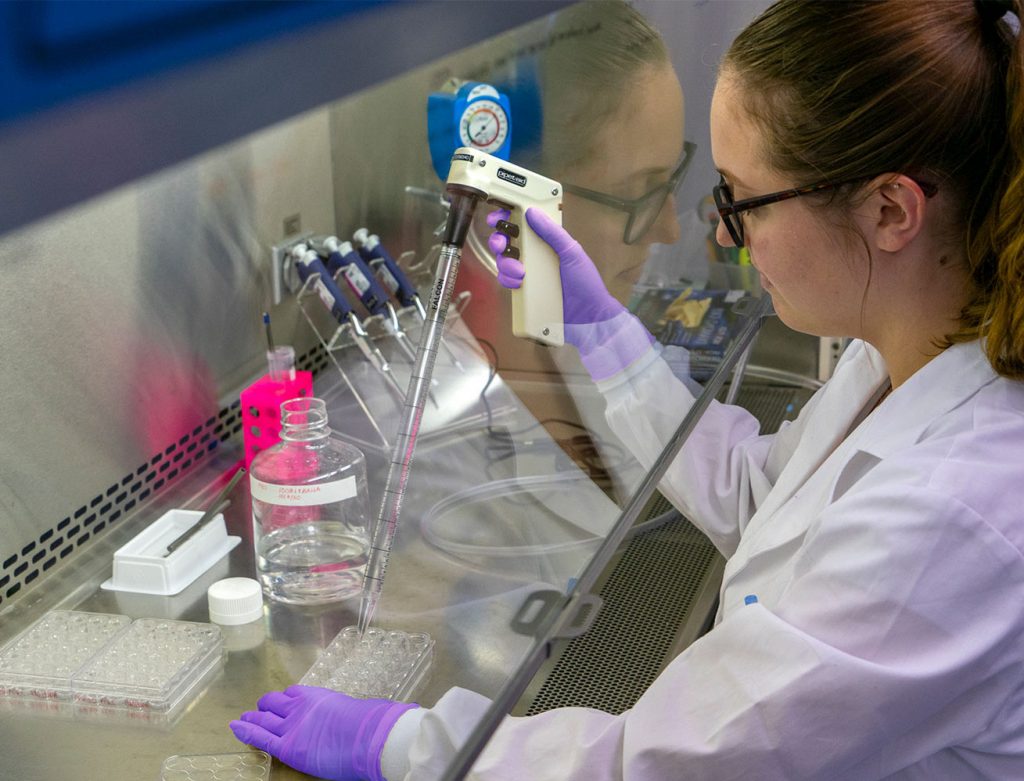3D bioprinter manufacturer CELLINK has successfully patented a novel robotics system that uses bioprinting to deliver automated aesthetic medical procedures.
Applicable only in its native Sweden, the firm’s patent covers the uploading of a patient’s 3D scan to an autonomous system, which uses this data to perform cosmetic filler procedures via bioprinting-armed robotics.
Given that it’s invention potentially provides patients with faster and more accurate plastic surgeries, CELLINK says that with further tweaking, it could find commercial applications moving forwards.
“This invention shows our innovative research & development capabilities and passion for improving patient’s outcomes, whether for cosmetic or reconstructive surgery,” said Dr. Héctor Martínez, CTO of CELLINK. “This granted patent can potentially offer commercial opportunities for the CELLINK Group.”
“We foresee that this robotic system enables cutting-edge possibilities to deliver personalized aesthetic outcomes and we will continue to explore it.”

CELLINK’s ‘bioconvergence’ drive
Since commercializing its first universal bio-ink back in 2016, CELLINK has become one of the world’s leading bioprinting companies. The firm now markets six 3D bioprinters including the SLA-based Holograph X and six-printhead BIO X6, in addition to a portfolio of materials and services with multiomics, cell line development and diagnostic applications.
Aiming to continue on a growth trajectory, CELLINK has taken a ‘bioconvergence’ approach in recent years, through which it seeks to harness the potential synergy between biologics and advanced technologies. Largely, the company has achieved this by acquiring those developing clinical methodologies which could be compatible with its own.
Just last year, CELLINK purchased Scienion for €80 million in a deal that has allowed it to build on its precision dispensing capabilities and better access the diagnostics sector. This was closely followed by the firm’s $68 million acquisition of the MatTek Corporation, an in-vitro technology specialist, capable of helping develop cruelty-free disease testing models.
The company has also bought into Two-Photon Polymerization (2PP) via its decision to acquire Nanoscribe for €50 million. The agreement has effectively provided CELLINK with miniaturization capabilities, potentially allowing it to create vascularized structures at a subcellular scale, thus much like its patented robotic system, the firm’s acquisition supports its claims on “the power of bioconvergence.”

Bioprinting-powered cosmetics
Granted by the Swedish Patent and Registration Office, CELLINK’s patent ‘SE 543714’ is its first within the fields of personalized or automated aesthetic medical procedures. From what we know so far, the company’s system is effectively a result of its combined knowledge of 3D bioprinting, biomaterials, robotics, automation and AI, and an attempt to optimize the injection of both cosmetic and surgical fillers.
In particular, CELLINK sees its invention as an opportunity to deliver automated, digitized and personalized facial surgeries. Using an AI-powered algorithm, the system is designed to compare a patient’s inputted scan with their desired aesthetic features, and formulate a dispensing plan that injects the optimal amount of filler into each region of their face.
According to CELLINK, the novelty of its system lies in its “inventive step and industrial applicability” as compared to human-delivered surgeries, it’s automated nature could help reduce the chances of any dispensing complications, while delivering improved results for patients at a more rapid pace than before.
Delving further into the document reveals that the company has been developing its surgical solution since before March 26th 2018, when it first began the patent application process. CELLINK’s CEO and CTO Erik Gatenholm and Héctor Martínez are listed as the system’s inventors, while the patent’s wording also confirms its desired application, making reference to “filling one or more wrinkles” based on 3D scans.
Looking ahead, CELLINK says that the patent’s approval “strengthens its IP protection” and “complements its full portfolio of solutions,” and while it currently only applies in Sweden, the company intends to expand this protection into the U.S. as well as “other important markets.”
Scanning-based facial surgery
CELLINK’s proposed system essentially functions based on 3D scanning, a technology that’s found applications in everything from digital identification to facial surgeries. Working at the Royal Free Hospital, a team from Imperial College London has previously deployed 3D scanning to create a 6,000-strong database, with the goal of powering medicinal and facial recognition technologies.
Since 2015, MirrorMe3D has also used scanning and modelling techniques to allow patients to ‘try plastic surgery’ before they buy. Leveraging 3D modelling, the company’s clientele are able to simulate their ideal look and order a 3D print to make sure they’re happy, before scheduling a consultation and undergoing the surgery with greater assurance.
More recently, doctors have increasingly used 3D printed custom guides to optimize the results of facial operations, such as the VSP Hybrid Maxillofacial device launched by 3D Systems in April 2021. The clinical tool allows for occlusal registration, providing surgeons with enhanced site visibility, and enabling them to operate with precision and confidence.
To stay up to date with the latest 3D printing news, don’t forget to subscribe to the 3D Printing Industry newsletter or follow us on Twitter or liking our page on Facebook.
For a deeper-dive into additive manufacturing, you can now subscribe to our Youtube channel, featuring discussion, de-briefs and shots of 3D printing in-action.
Are you looking for a job in the additive manufacturing industry? Visit 3D Printing Jobs for a selection of roles in the industry.
Featured image shows a diagram of CELLINK’s robotic 3D bioprinting system taken from its patent. Image via CELLINK.


